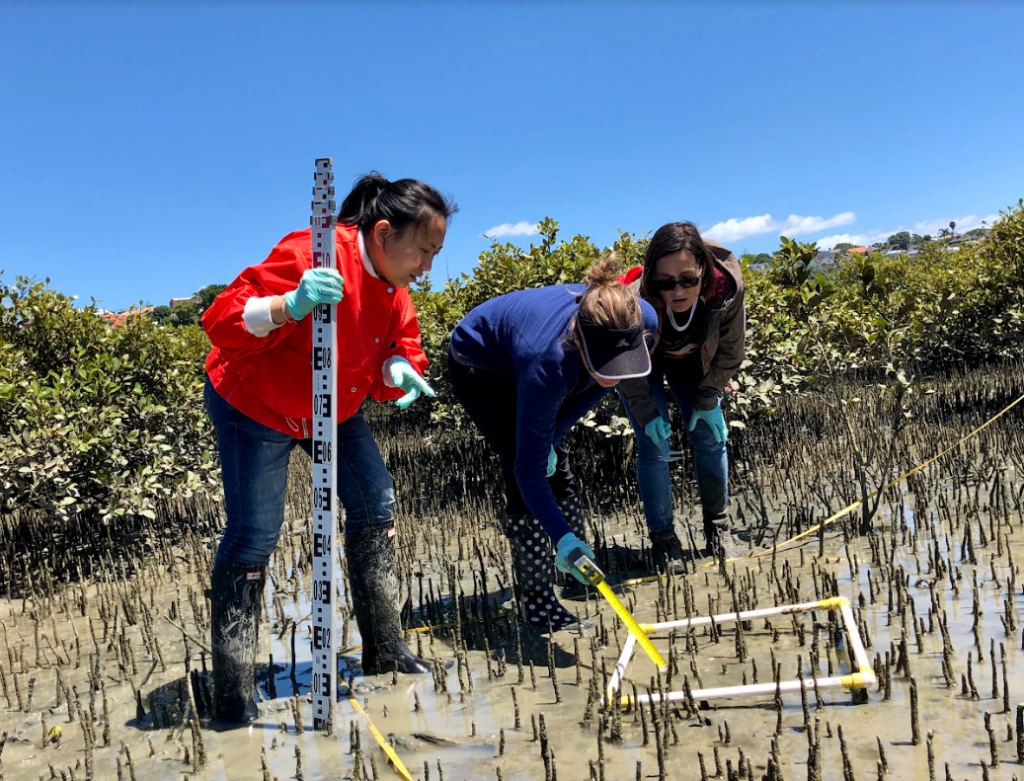Marshed Potatoes
Wetlands are an unexpected, if somewhat pungent way to combat climate change. Now, with the power of structures made of biodegradable potato starch, wetlands are being restored to maximise their impact.
Mangroves, saltmarshes and seagrass beds act as ‘carbon sinks’ or ‘blue carbon ecosystems’. These biodiverse ecosystems serve as a natural way to capture carbon emissions.
This is great news. The bad news: Wetlands have declined by as much as 71 per cent since the early 1900s. In Australia, much of our coastal wetlands have disappeared since European settlement. Making bad news worse, wetlands are also notoriously difficult to restore.
Research by Edith Cowan University found restoring Australian coastal wetlands could remove carbon emissions to the same level as taking more than four million cars off our roads.
This is where the potatoes come in.
Biodegradable lattice type structures made of potato starch are helping to re-establish coastal wetlands. Called ‘BESE-elements’ the structures mimic key coastal soil conditions that promote seedling and root establishment.
Placed strategically throughout wetland environments, they are capable of coaxing damaged areas back to health. Made from the waste stream of the chip industry, the potato-starch structures degrade over two to 20 years depending on the application.
They have a proven track record in restoring seagrass and saltmarsh ecosystems around the world.
Deakin University’s Blue Carbon Lab are the people behind the potato powered restorations. With a critical three-year partnership now signed with Beach Energy, coastal wetlands are on the mend.

Beach Energy will support the redevelopment project over the next three years.
Dr Stacey Trevathan-Tackett from Deakin University’s Blue Carbon Lab said the restoration work aimed to make a big impact.
“In some cases, restoration of coastal wetlands is difficult due to environmental conditions being too harsh to allow for the establishment and growth of coastal plants.
“This new program aims to develop and trial methods to enhance blue carbon recovery.
“Biodegradable structures that can help stabilise the soil will be used and may provide an opportunity to jumpstart revegetation in areas where natural regeneration is difficult.
“Together, this program aims to advance the health and stewardship of our coastal ecosystems through meaningful ecological and social impact.”
Beach Energy’s CEO Morné Engelbrecht said that Beach is committed to supporting community projects that support the environment.
“It is exciting to be a part of such an innovative partnership with Blue Carbon Lab, helping to re-establish coastal wetlands that are critical to combating climate change.
“This is also Beach’s largest ever environmental partnership and demonstrates our commitment to leaving a positive contribution to the communities in which we operate”
Learn more about the project at https://www.bluecarbonlab.org/facilitated-restoration/
Learn more about BESE-elements at https://www.bese-products.com/
Read Beach Energy’s media release: https://www.beachenergy.com.au/wp-content/uploads/Media-release-Regenerating-Our-Coasts.pdf
Learn more about the natural gas industry and wetlands: https://bright-r.com.au/wetland-revival/
Explorewith Natural Gas Subscribe


